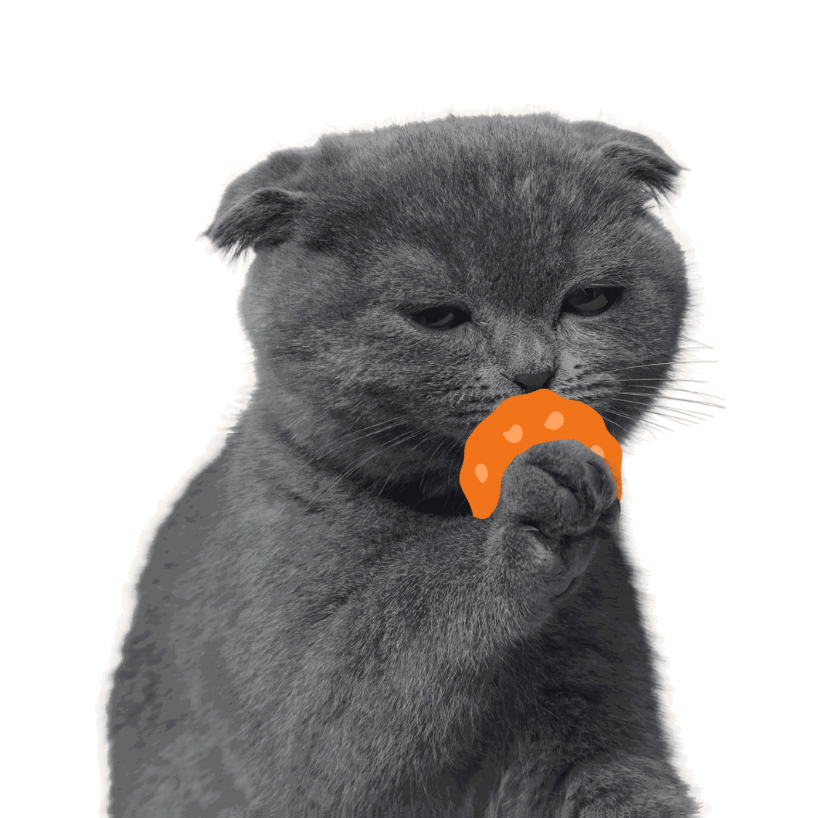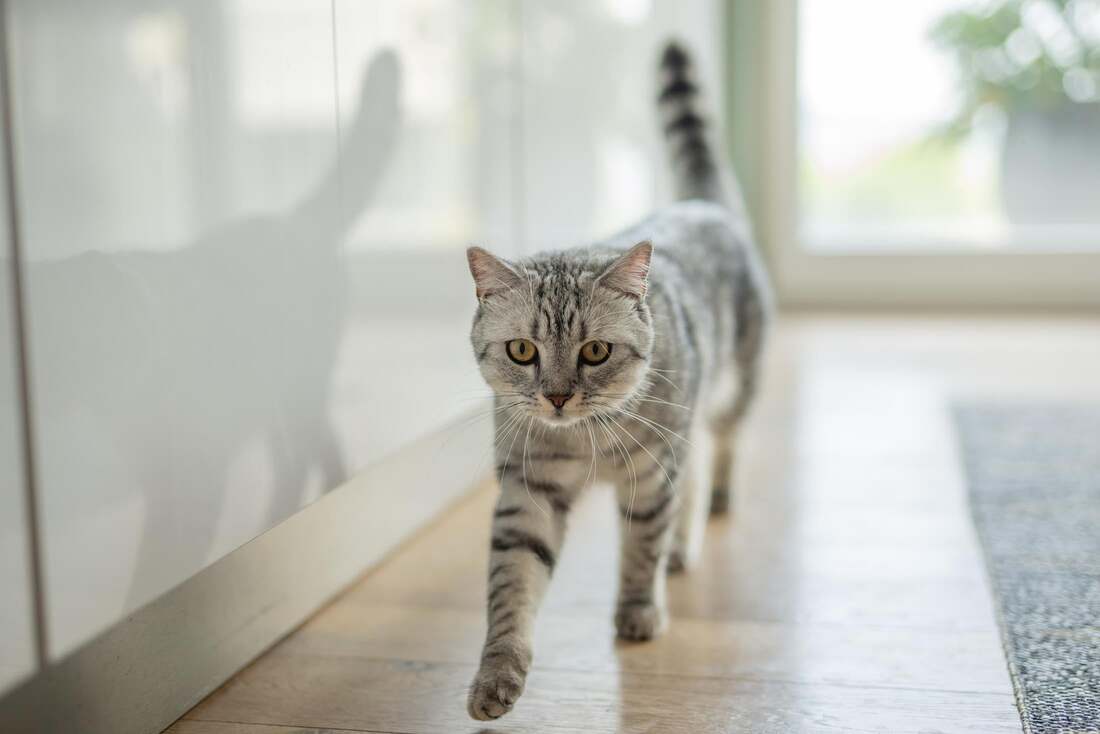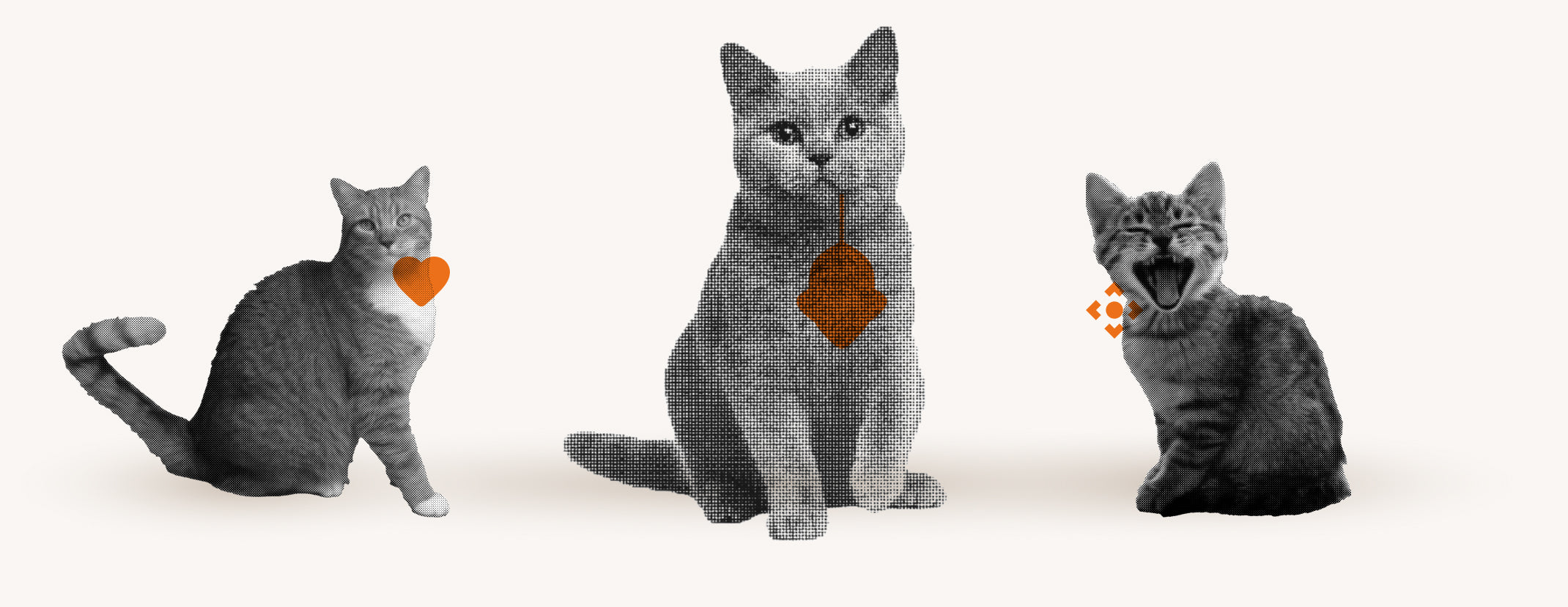Have you ever thought about giving your cat more freedom by installing a cat flap in the wall?
However, choosing the right cat flap and installing it can be challenging, especially when it comes to masonry.
Masonry cat flaps are specifically designed to be installed in thick walls and offer features such as weatherproofing and improved insulation.
In this blog post, you'll learn all about the different types of cat flaps for masonry, how to install them, and what safety considerations you should keep in mind.
Different types of cat flaps for masonry
Cat flaps for masonry are available in a variety of designs, each offering specific benefits. Some models are particularly weatherproof and can easily withstand rain, snow and extreme temperatures. Others are equipped with advanced security features , such as locking systems that prevent foreign animals from entering the house. This variety allows cat owners to choose a cat flap that perfectly suits their needs and those of their cat.
In addition to the standard features, some masonry cat flaps offer additional convenience features. These include microchip technology that allows only certain cats access, or models that open and close automatically to save energy. It is important that the flap offers good insulation to minimise heat loss. This is particularly important in colder regions where a poorly insulated cat flap can drive up heating costs.
Functions of cat flaps in masonry
One of the most important functions of masonry cat flaps is weatherproofing . To ensure that no moisture or cold gets into the house, many models are equipped with special seals. These seals not only protect against the weather but also improve insulation . Some of the important features for good weatherproofing are:
- Double silicone seals that improve airtightness
- Materials with low thermal conductivity for frame and flap
In addition to weather resistance, insulation is also a critical aspect of cat flaps for masonry. Models made from highly insulating material such as polyurethane rigid foam not only offer excellent insulation, but are also durable and do not warp with temperature fluctuations. For optimal insulation, it is important to choose a cat flap with a high tightness class to minimize heat loss and increase energy efficiency.
Instructions for installing a cat flap in masonry

Installing a cat flap in brickwork requires careful planning and the right tools. First, make sure you have everything you need to hand: a pencil, tape measure, saw or drill, and the cat flap kit. It's also helpful to have fine sandpaper and caulking material on hand to seal the flap after installation, keeping out draughts and water.
The positioning of the cat flap is crucial. Measure the height of your cat's belly from the floor and transfer this height to the wall to determine the ideal installation location. Then draw the outline of the flap on the wall according to the manufacturer's instructions. Make sure the opening is large enough and in a place that your cat can easily reach. These preparations will ensure that the cat flap is comfortable and safe for your four-legged friend.
The optimal placement of a cat flap in the masonry
Choosing the right place to install a cat flap in the masonry is crucial for your cat's happiness and the functionality of the flap. The ideal location should not only be easily accessible for your cat, but also protected from extreme weather conditions. A location protected from wind and weather will help extend the life of the flap and make the passage more comfortable for your cat.
Another important aspect of placement is avoiding thermal bridges. It is advisable not to install the cat flap directly in a wall of a heated room. Instead, positioning it in a wall of an unheated room such as a basement or garage might make sense. This way you avoid unnecessary heat loss and at the same time ensure that your cat has safe and comfortable access.
Safety considerations when installing cat flaps in masonry
Security is a key consideration when installing a cat flap in masonry. To ensure the security of your home, you should install the flap as far away from door and window handles as possible. This makes it more difficult for potential burglars to gain access to your home via the cat flap. Additionally, using a cat flap with electronic control that only allows your cat access can increase security.
When installing in masonry, it is especially important to consider the structure of the wall. Make sure the wall you are installing the flap into maintains structural integrity. Avoid cutting through beams or important support elements. It may also be advisable to consult a professional to ensure that the installation will not cause long-term damage to the wall.
Alternatives to traditional cat flap installation in masonry
If you're looking for alternatives to the traditional installation of cat flaps in brickwork, there are several options you can consider. One popular method is to install a cat flap in an existing door or window. This can be a viable solution, especially if you live in rented accommodation and aren't allowed to make permanent changes to the building structure. Here are some ways you can do this:
- Installation in a wooden door : This is often easier and less invasive than breaking through a wall.
- Use of special window adapters : These make it possible to insert a cat flap into a window frame without damaging the glass.
- Adaptable cat flaps for sliding doors : Some manufacturers offer solutions specifically designed for use in sliding doors.
Another alternative is to use technology-based solutions that allow your cat to come in and out of the house without a physical flap. For example, there are systems that work with a sensor that automatically opens the door when your cat approaches. These methods are especially useful if you are looking for a safer and more modern solution. Here are some advantages of these technological alternatives:
- Minimal structural changes : Ideal for rental properties as no permanent changes are required.
- Increased security : Prevents other animals or unwanted guests from entering your home.
- Ease of use : Many of these systems can be controlled and monitored via apps, which provides additional convenience.
Discover the benefits of Flappie's smart cat flaps
Imagine being able to increase your cat's freedom without having to worry about them bringing unwanted prey home. This is now possible with Flappie 's smart cat flaps. These flaps are equipped with prey detection that works thanks to a camera and artificial intelligence. As soon as your cat tries to go through the flap with a mouse or bird, the system detects the prey and prevents entry. This keeps your home clean and prey-free.
Controlling these smart cat flaps is extremely easy and is done via the user-friendly Flappie app. You will receive push notifications when your cat tries to come into the house with prey and you can control the flap remotely. Here are some advantages of app control:
- Full control over the cat flap, no matter where you are.
- Ability to customize settings such as access times.
- Insight into videos and statistics about your cat's behavior.
With Flappie you can experience how comfortable and clean life with a cat can be. Visit https://flappie.ch and discover how you can protect your home and your furry friend even better.
Frequently Asked Questions
How high does the cat flap need to be installed?
The height of your cat's belly from the floor determines the optimal height for installing the cat flap. Measure this height and transfer it to the wall to determine the ideal installation location.
Where is the best place to install a cat flap?
The best place to install a cat flap in brickwork is somewhere that is easily accessible to your cat and protected from extreme weather conditions. It is also advisable not to install the cat flap directly into a wall facing a heated room to avoid heat loss.
Is a cat flap burglar-proof?
To increase security against burglary, you should install the cat flap as far away from door and window handles as possible. In addition, using a cat flap with electronic control that only allows your cat access can increase security.





Share:
Instructions for installing a cat flap in the window
Cat flap for clamping: A comprehensive guide